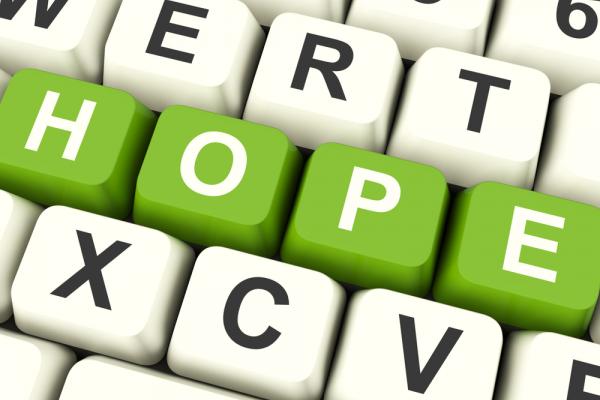Lately I’ve noticed that the “prayers of the people” at my church are beginning to sound like the sixth seal of the Book of Revelation has been broken and the world is about to implode. While I'm glad we pray about important topics in global affairs like Iran's nuclear program or ISIS, it’s easy to feel tense when folks start rattling off one shocking headline after another. I want to be engaged with the things in our world that need change, but I wonder to myself: Where is hope? Where is the good news? It seems like our message has become: “Be afraid. Be very afraid. Oh … and Jesus.”
In “A Newsfeed of Fear,” (Sojourners, May 2015) Gareth Higgins writes: “Our culture has been hoodwinked by the idea that we’re living in the center of a crisis when actually we’re in the midst of an evolution of hope.”
Scandal and sensation are nothing new to the media, but I think Higgins is on to something: with our newsfeeds delivering a daily stream of scandals, shootings, and outrage to our pockets and wrists it seems easier to believe that our world is falling apart. And when these stories lack context, follow-up, or conversation, one crisis can just seem to flow into another.
In a recent conversation with my father-in-law, Elly Alboim, a veteran journalist and professor of journalism, he admitted that news media can paint “an unrelentingly bleak view of the world.” He noted how news outlets often focus on inexplicable tragedies (plane crashes), threats to health and wellness (U.S. fear over Ebola), and the bizarre (take your pick), all of which reinforce our sense that we’re living on the edge of global apocalypse.
Alboim also explained that people typically process the news in terms of threats. Each morning they perform their own kind of threat assessment, beginning with the most immediate threat — the weather — moving on to morning traffic and eventually, all the way to news of global terrorism.
Read the Full Article

